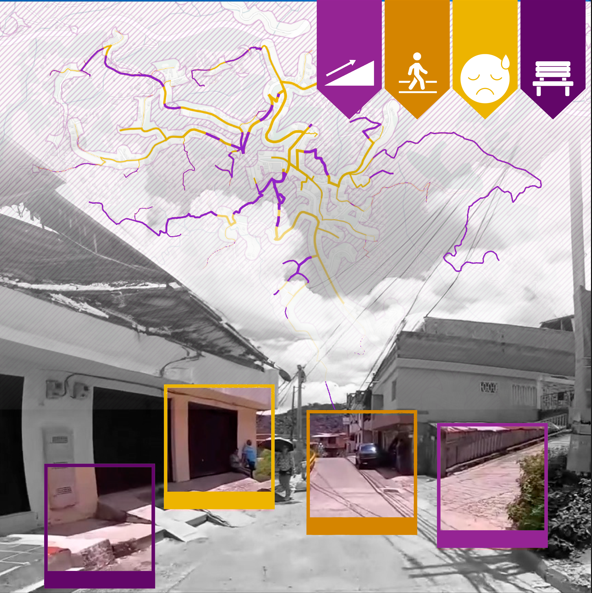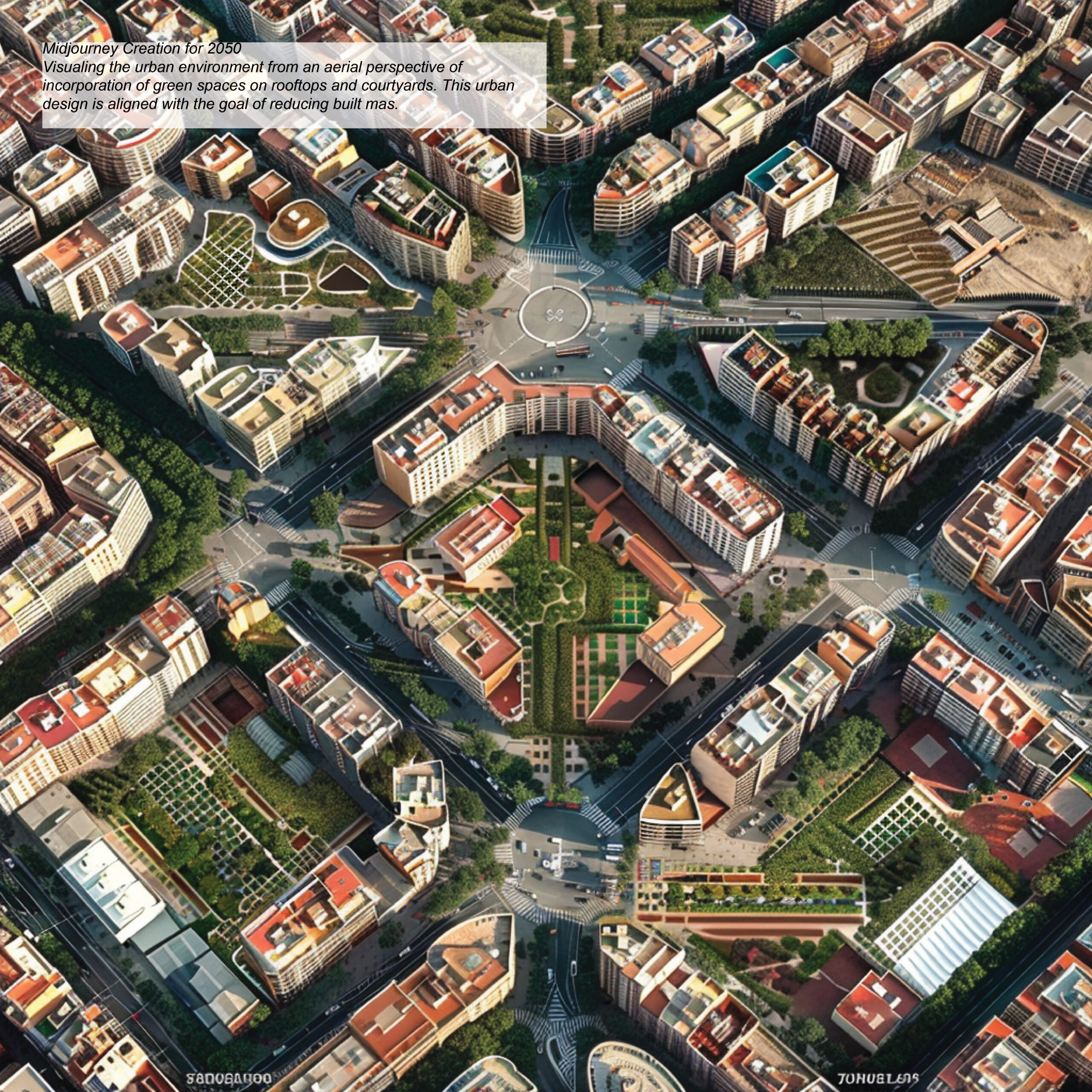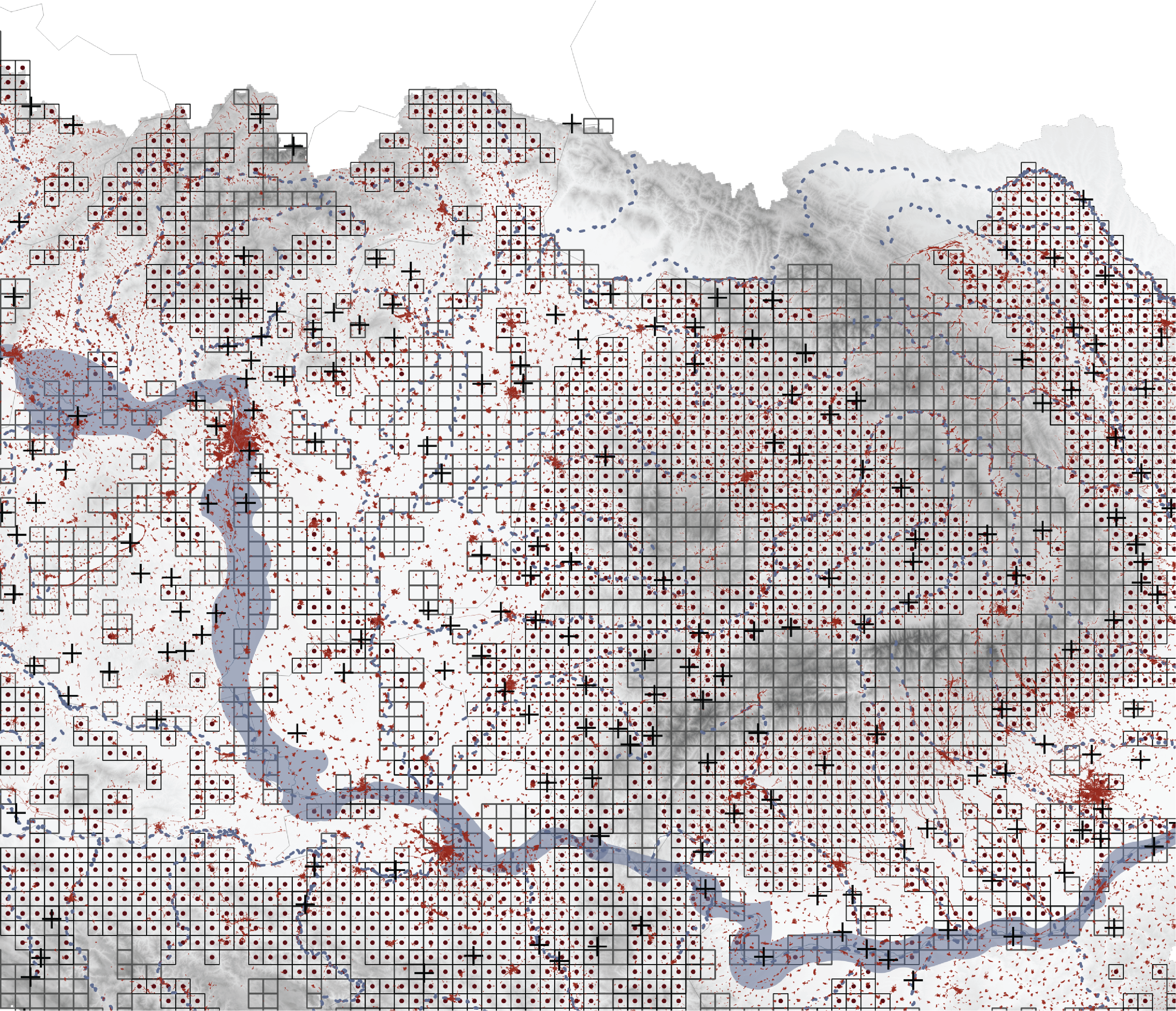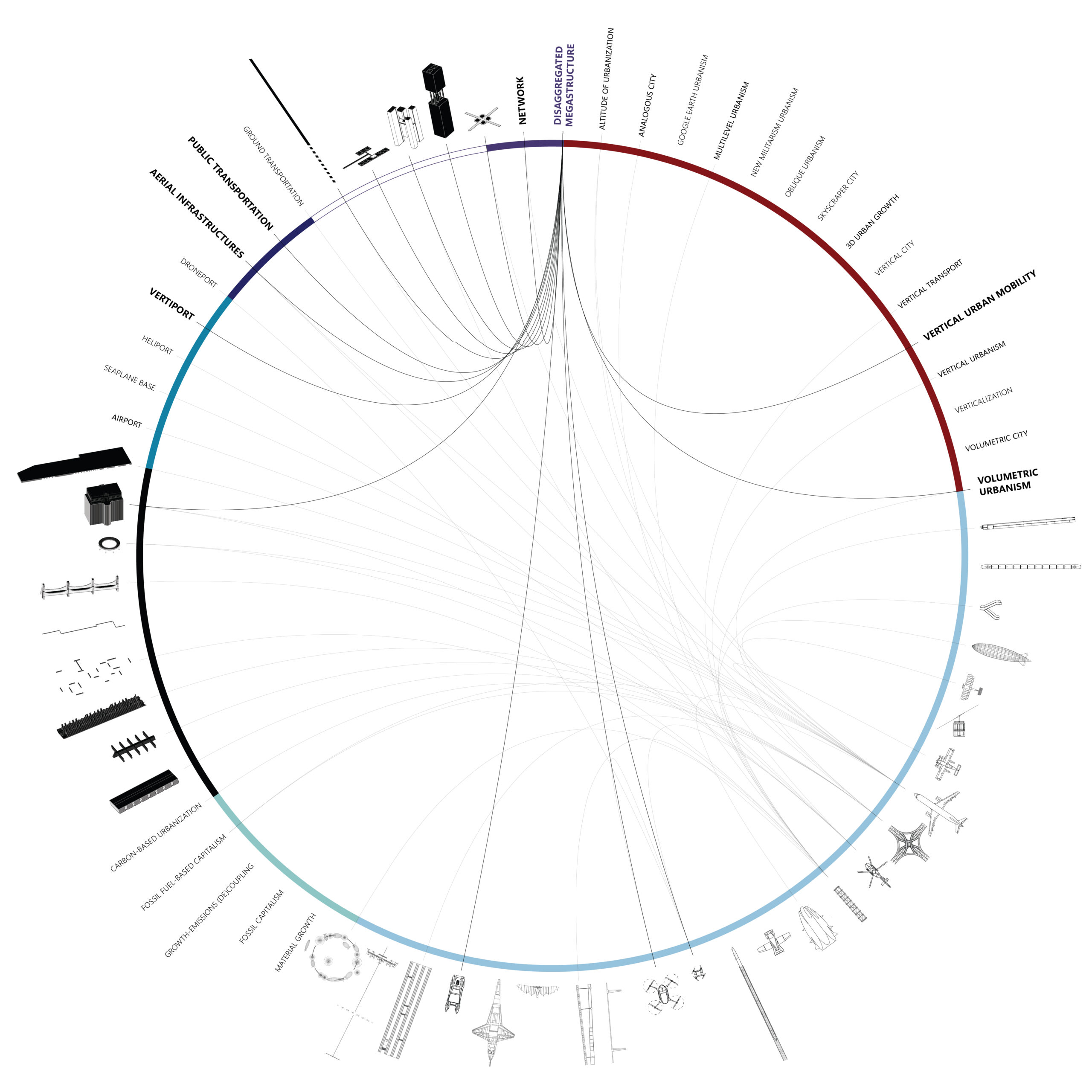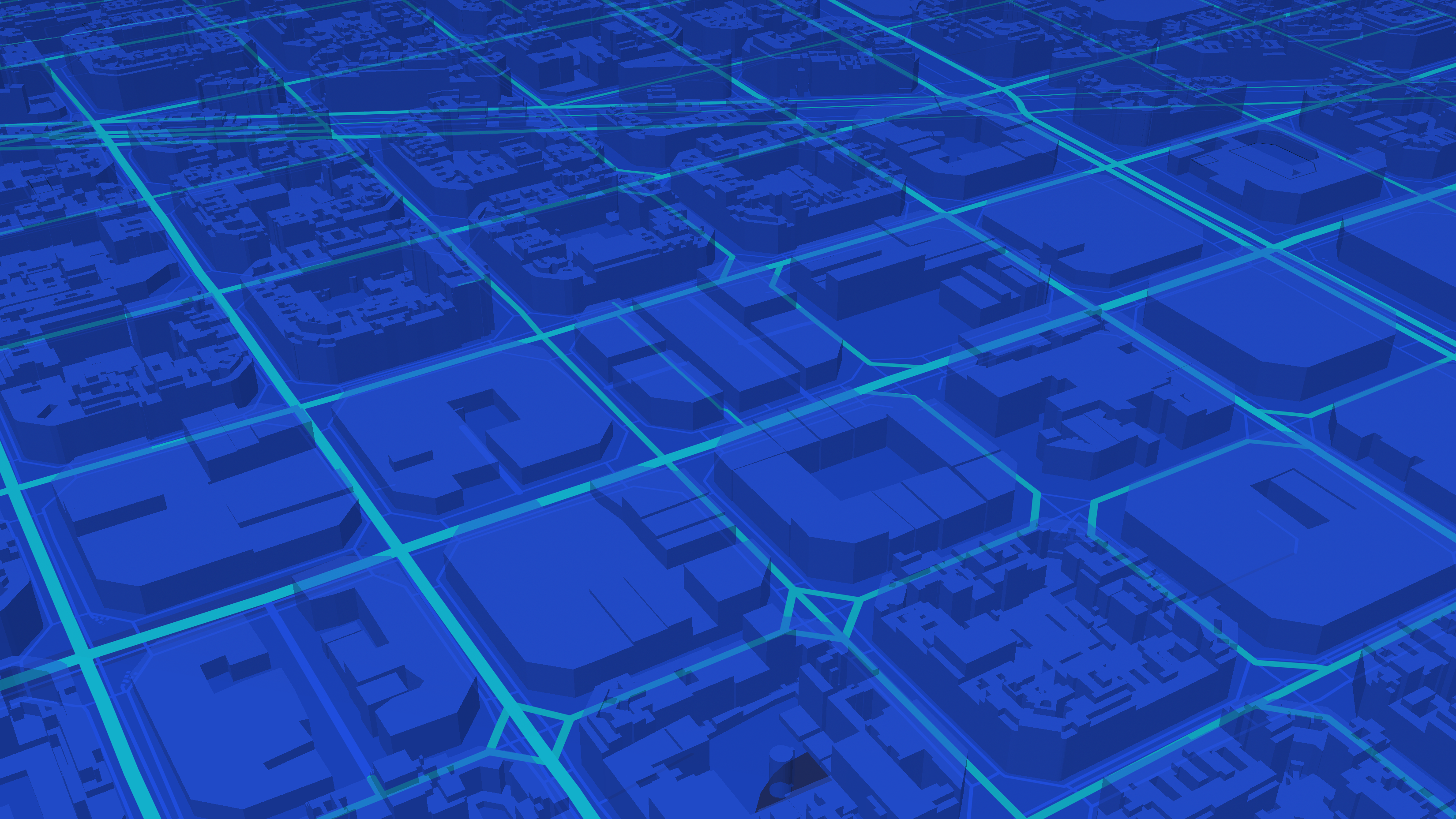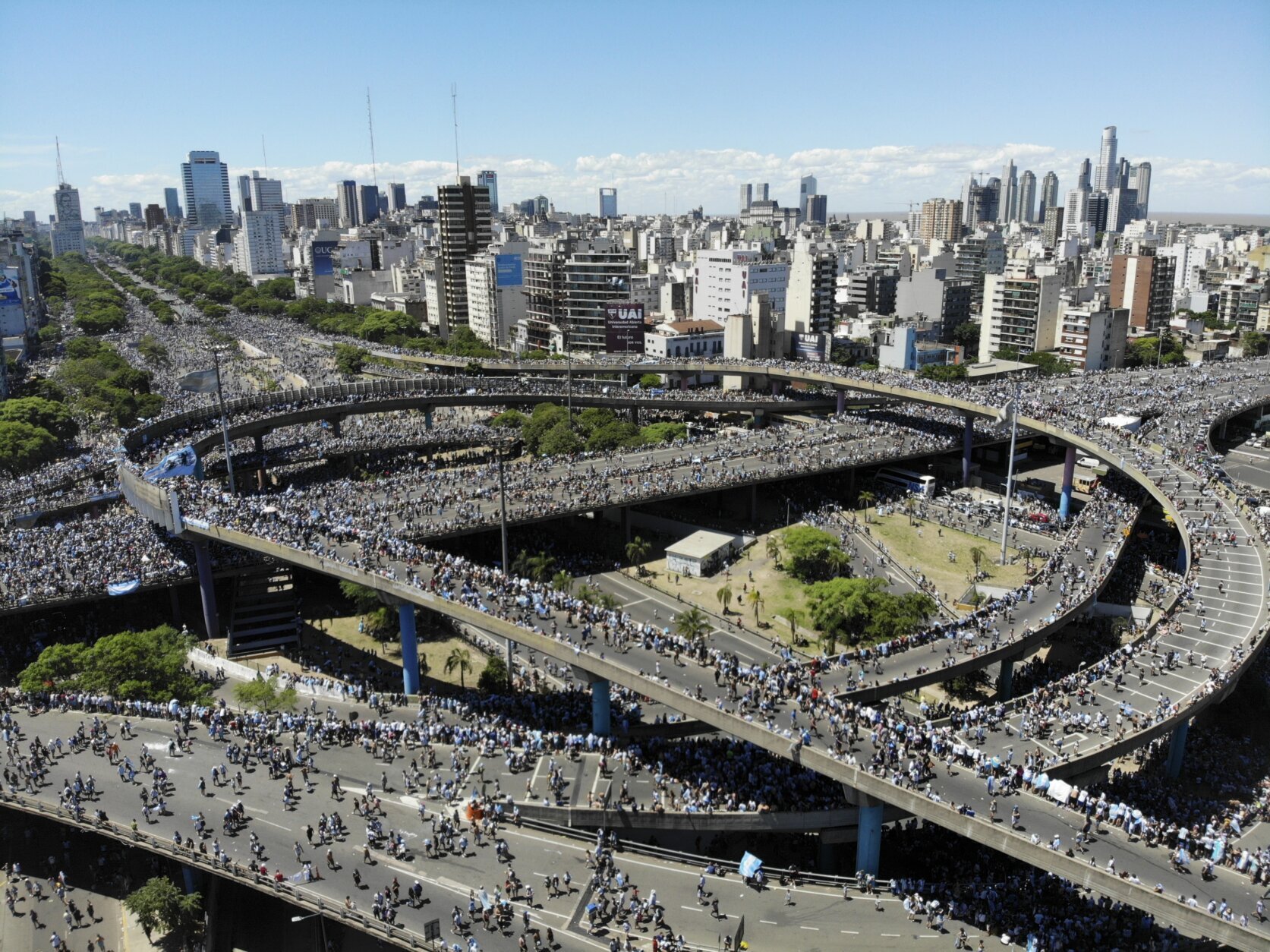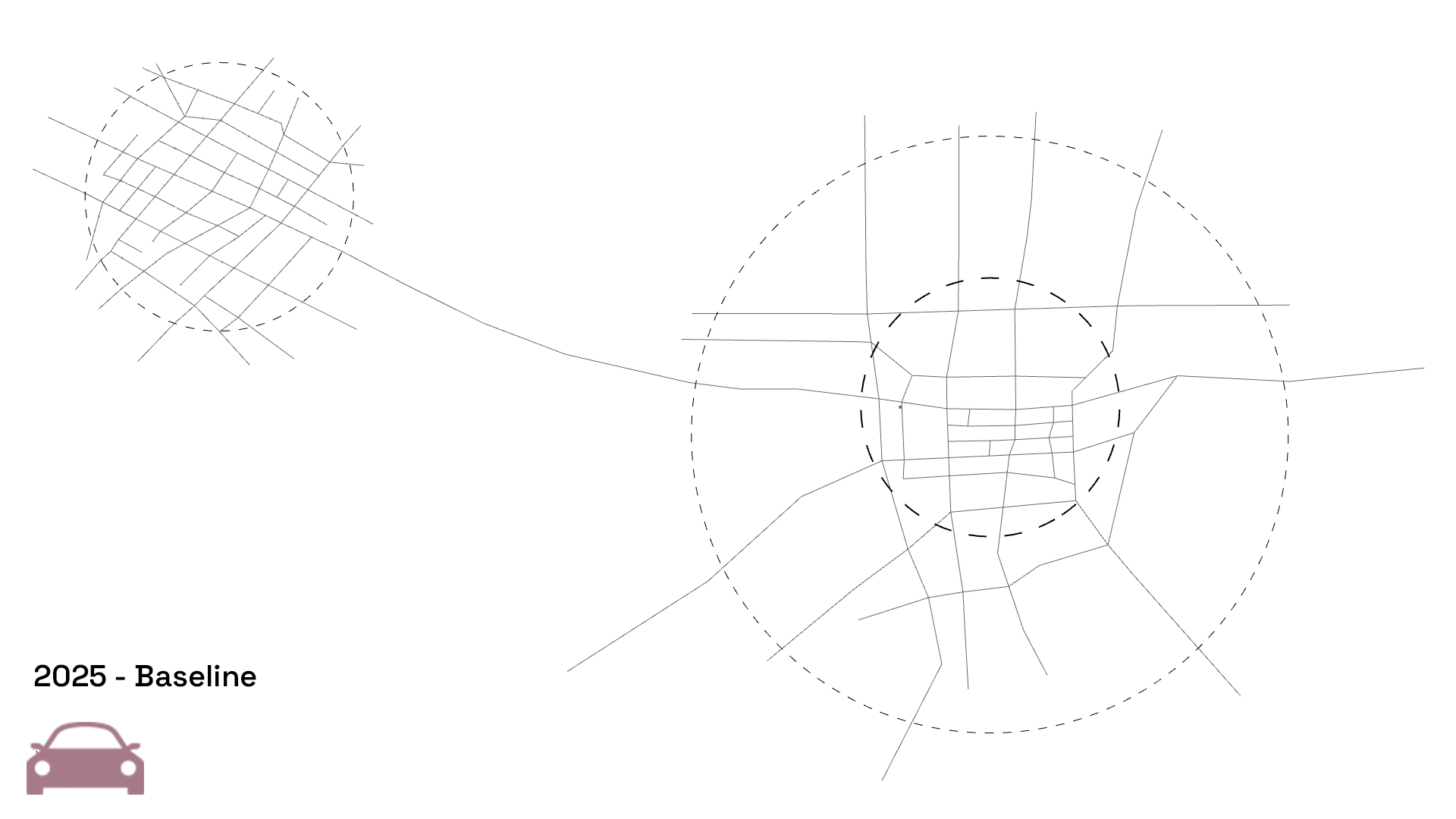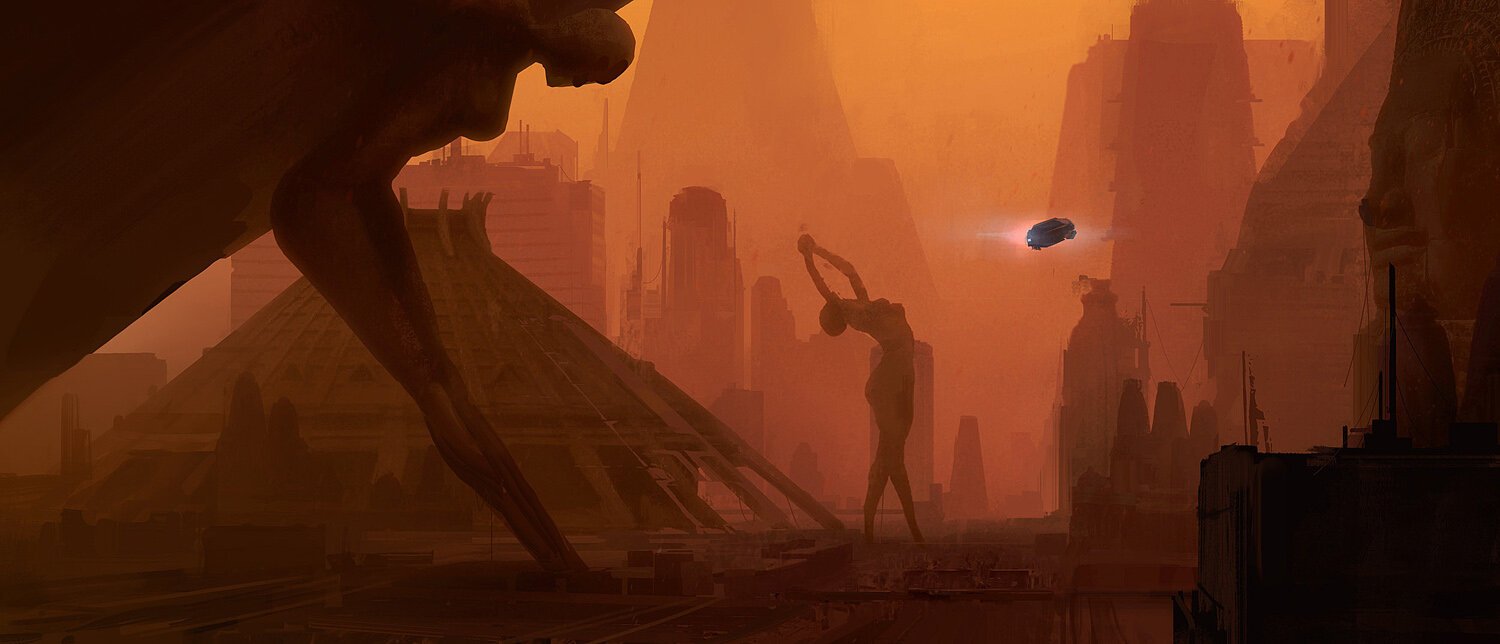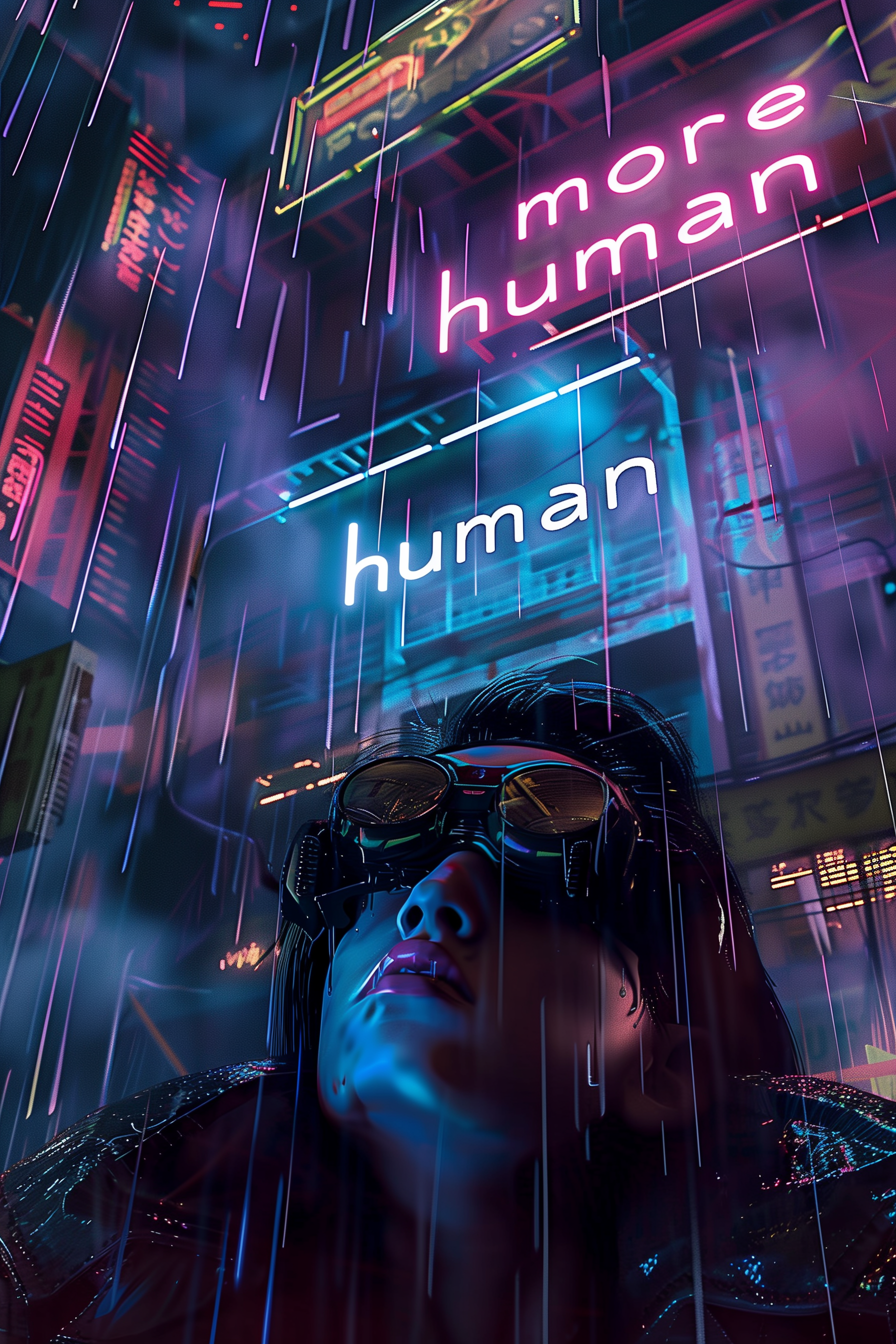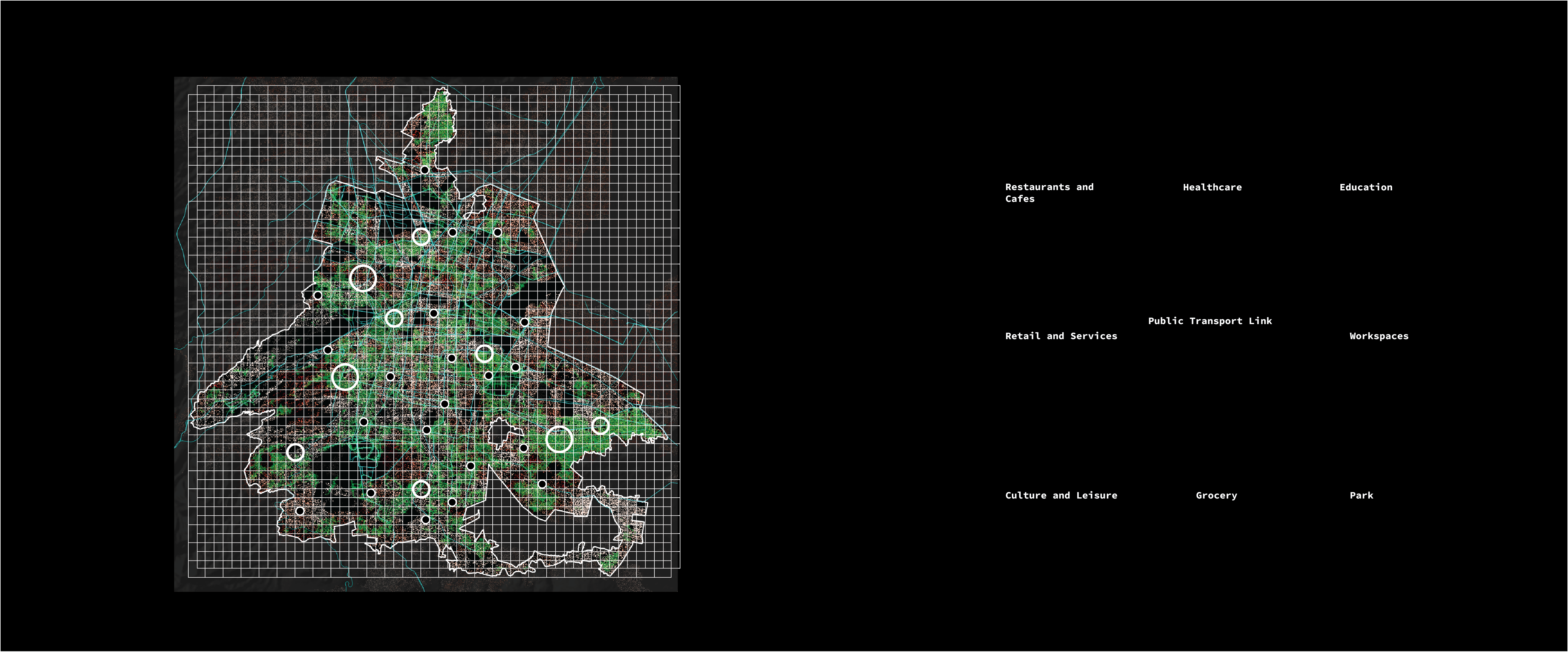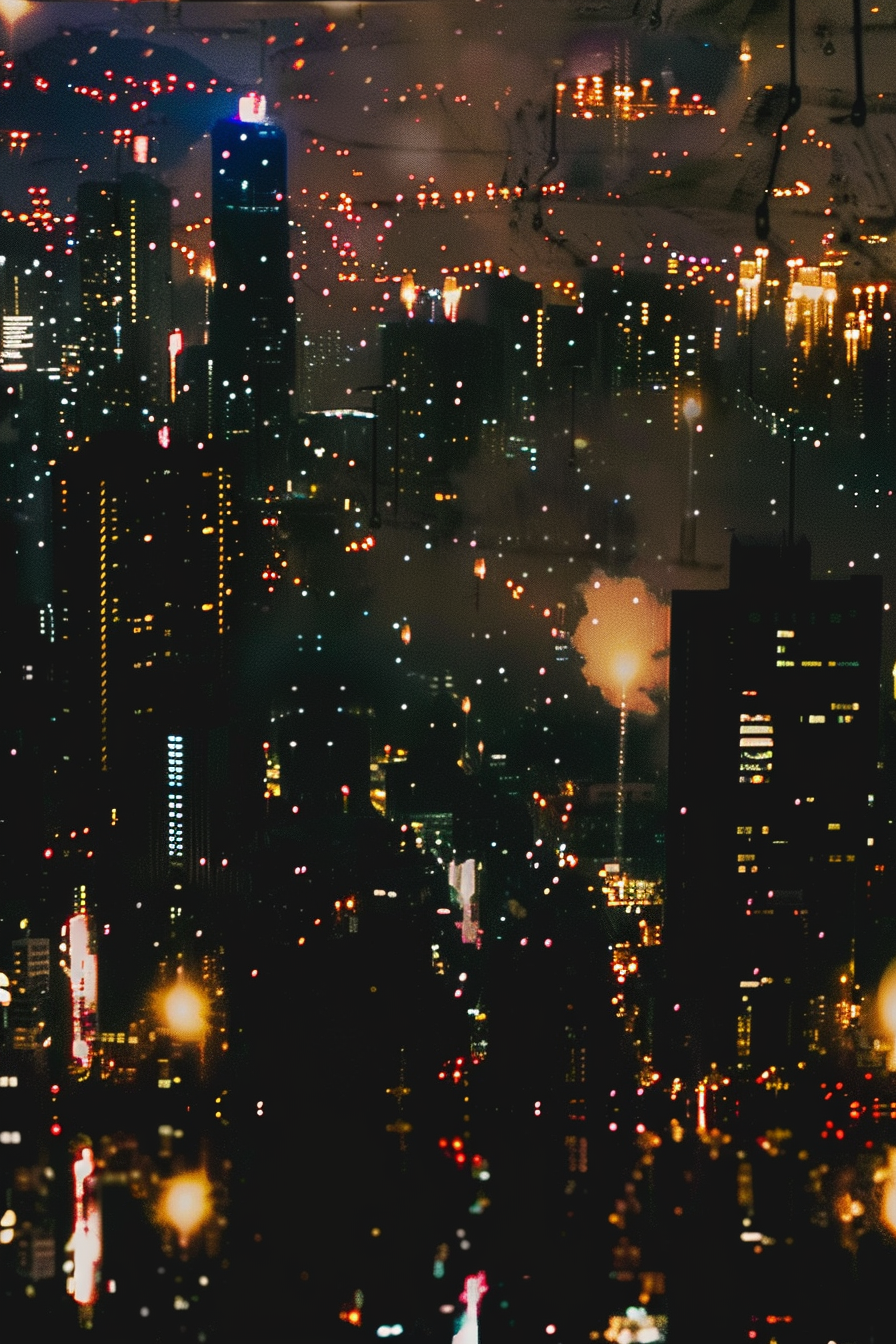Invisible Barriers, Visible Caregivers
Introduction Medellin, known as the ‘City of Eternal Spring,’ is a Colombian city located between mountains around the Aburra River Valley. According to the National Census, it is inhabited predominantly by women, as 53.3% of the population is composed of women, and a large portion of them perform in areas such as education, healthcare and … Read more

